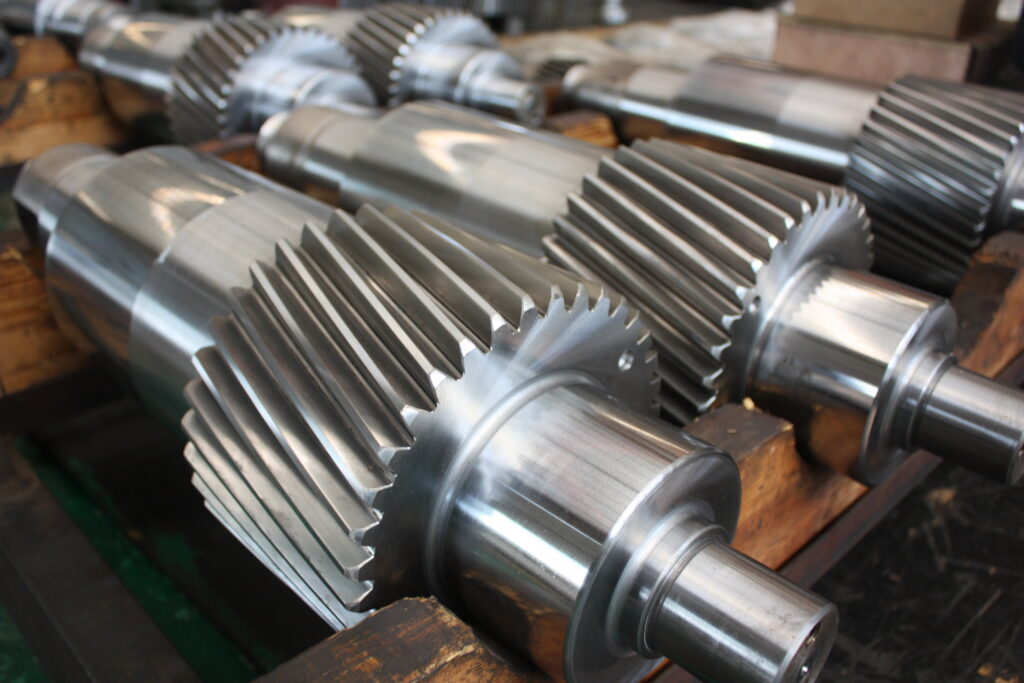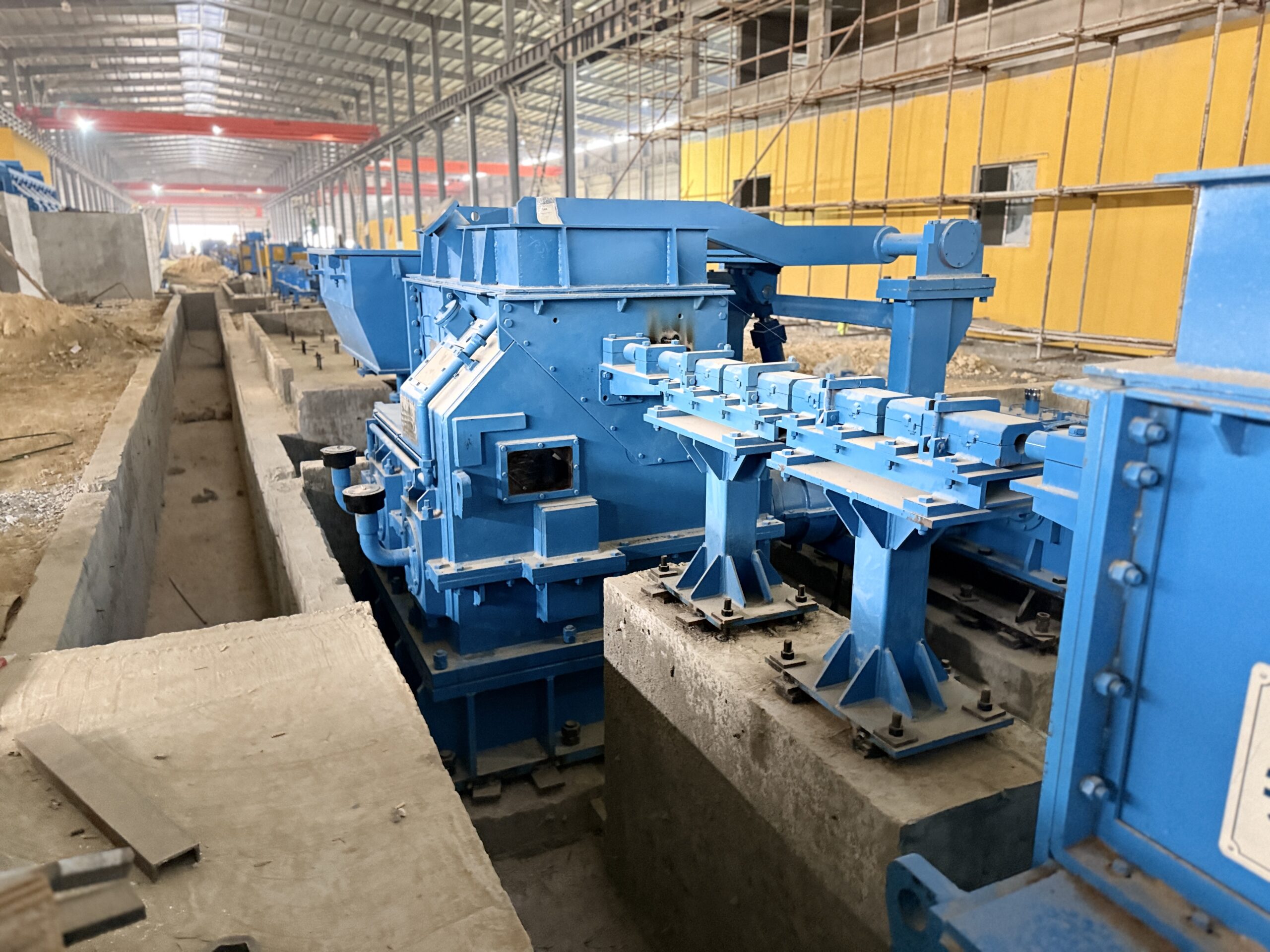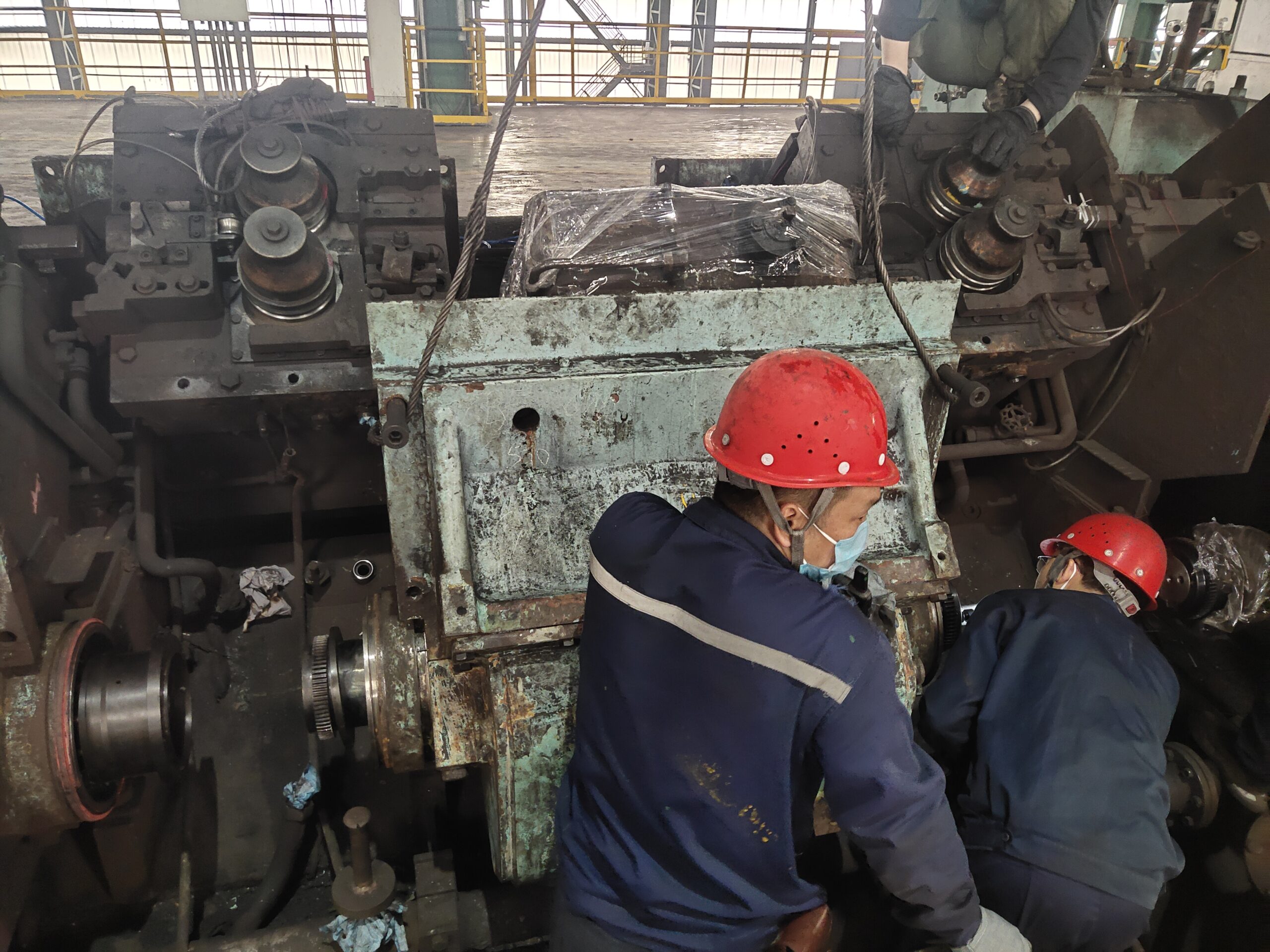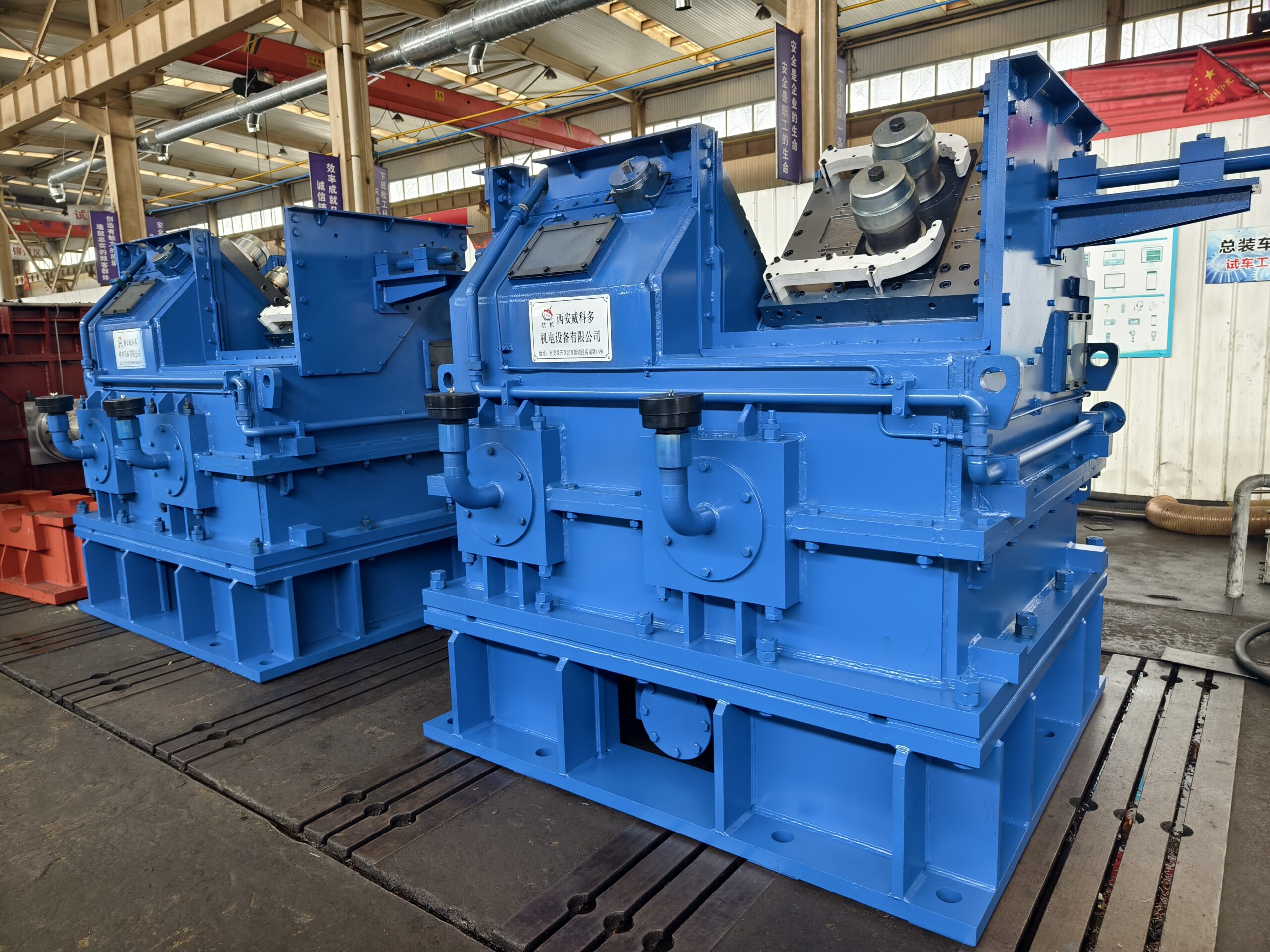
The roll is the main component of the rolling mill, and it is an important part that makes the metal plastically deform. In the production of steel rolling industry, every kind of rolling material is formed by the rolling of the roll, so the quality and function of the roll are very important. Looking back on history, since E. Hese in Germany invented the world’s first rolling mill in 1530, there were rolls. The early rolls were cast in a sand mold as a whole, and later metal mold casting was invented. When people began to start from the bottom of the mold When the roll is cast with a tangential gate, the manufacturing technology of the roll has been greatly changed. With the development of the steel rolling industry, the requirements for the performance of the rolls are getting higher and higher. On the one hand, the roll body is required to have high hardness and good wear resistance, and at the same time, it requires good impact toughness, thermal crack resistance, accident resistance, and roll bite On the other hand, it requires high strength of the core of the roll, continuous rolling, and small deformation, and these properties are often contradictory.
In order to solve these problems, the roll developers thought of the composite roll. The initial composite roll was produced by the semi-flushing method, and the later developed to the overflow full-flushing method, which greatly improved the manufacturing technology of the roll. With the development of casting technology, by the end of the 1960s, centrifugal composite cast iron rolls were successfully developed in Japan, which made the roll manufacturing technology have a leap forward, and also made the composite roll manufacturing technology more perfect. For more than 50 years, the manufacturing technology of centrifugal composite roll series has been widely developed and applied.

Today, most of the roll manufacturing technology is based on composite manufacturing technology, except that some materials need to retain the traditional integral casting method. Composite roll means that the roll body of the roll, the core of the roll and the roll neck are made of two or more materials, and the desired structure is obtained through the composition design and heat treatment process of two or more different materials. and performance. So far, the production methods of composite rolls mainly include semi-flush composite method, overflow full-flush composite method, centrifugal casting composite method, continuous casting composite method, electroslag remelting composite method, spray deposition molding composite method, and insert combination law, etc. The material of the rolls has also developed from the original ordinary cast iron rolls to the current high-speed steel rolls and cemented carbide combined rolls. By the 21st century, the combined rolls of various materials have been widely used.




